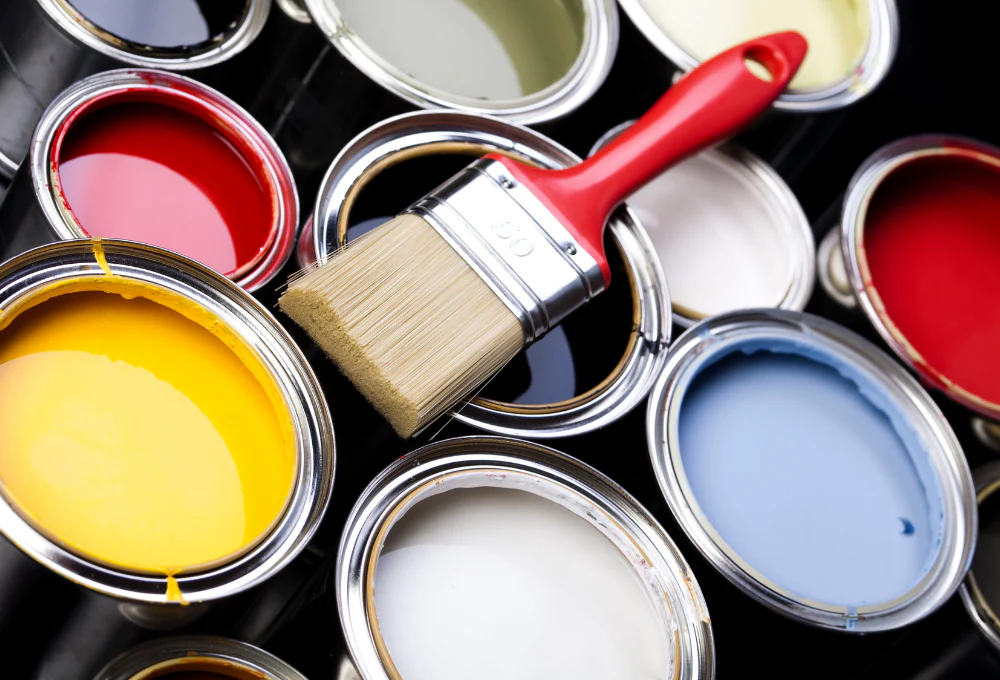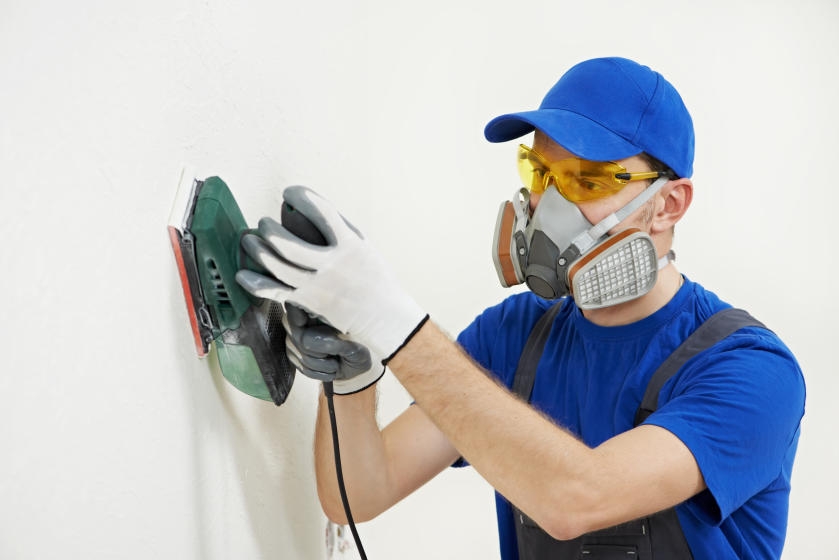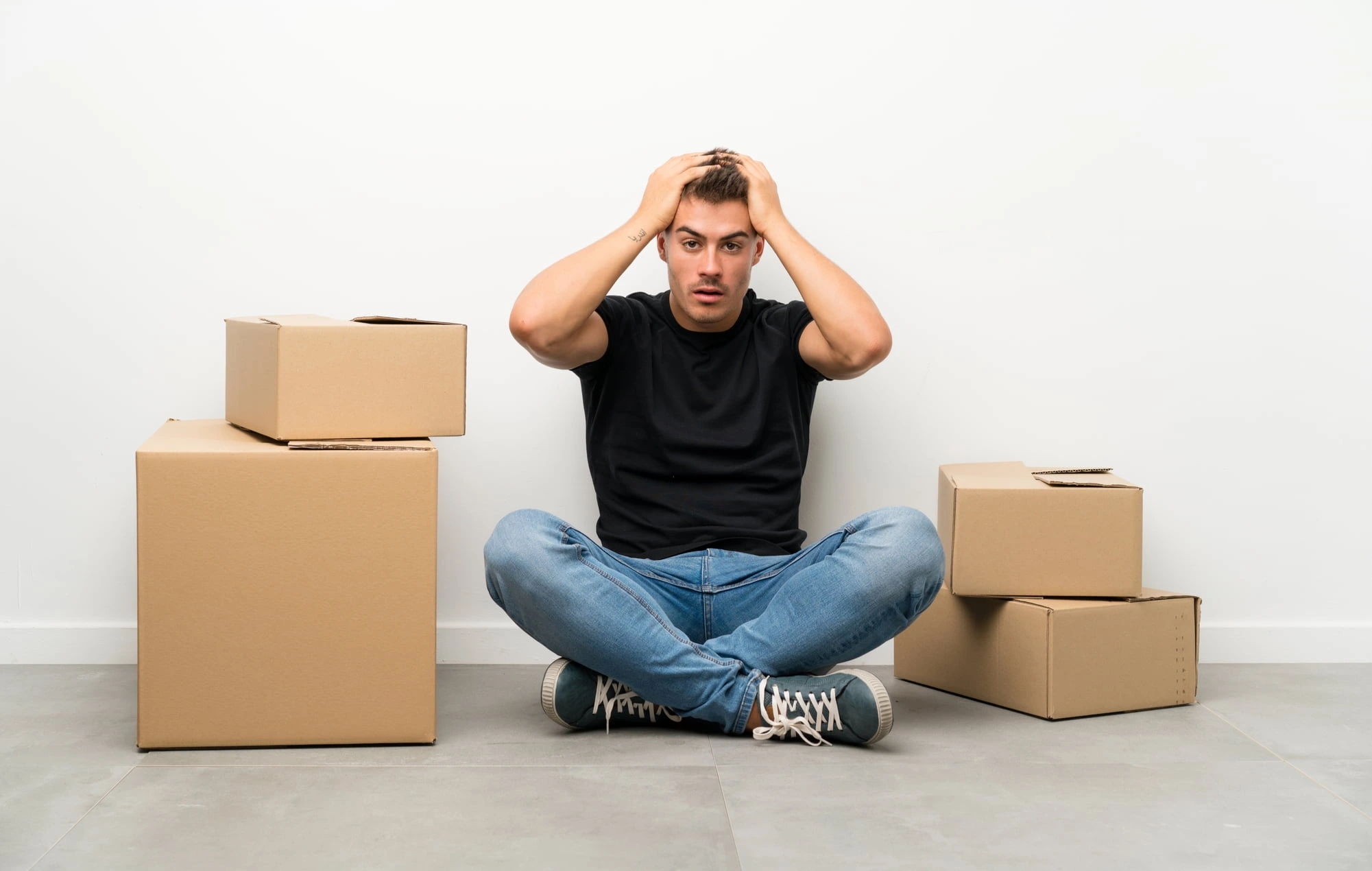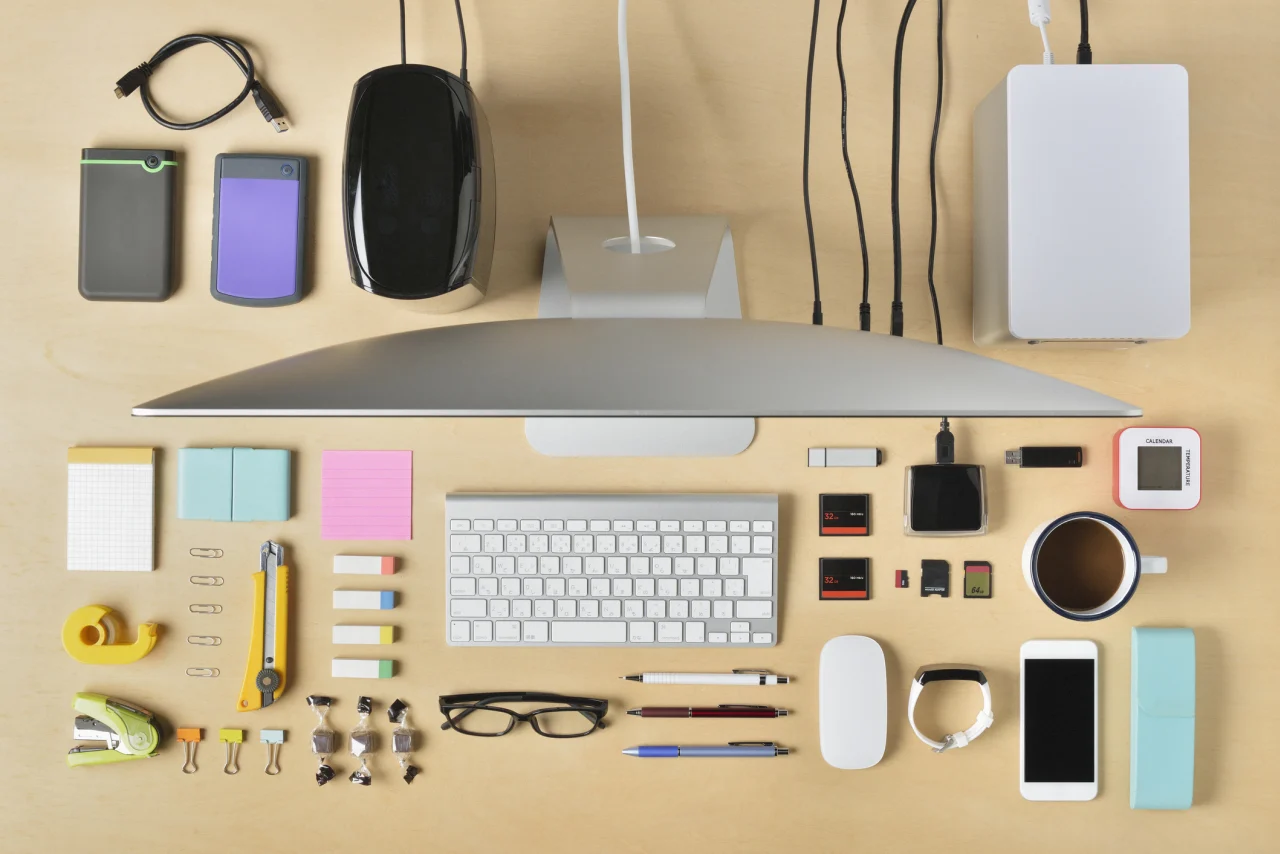Prepare Well in Advance
Preparing before you move is essential – ensure that you measure your rooms to know precisely how much paint and other materials you need. This will also help ensure that everything lines up with any wallpaper or flooring you want to install in the whole room or any mismatched painted areas you may discover.
Steps in preparing:
- Measure all rooms in the house and make notes on wall surface materials, colour scheme, furniture sizes and other details. You can also measure the interior walls, the while wall, front door, and every square foot of the house so you can be ready with plastic drop sheets.
- Prepare a list of decorations you want to buy to decorate the whole wall or just a single wall in any of the rooms.
- Get quotes from professional painters, or do the home decorating yourself.
- Buy paint, brushes and any other supplies before moving day. Give the area a good cleaning before applying at least two coats of paint or the entire job.
Get Creative
When you move house, it’s an excellent opportunity to get creative with your design choices. Think about what colours and patterns would look good in each room, and take the time to work with the house painters when experimenting with different ideas during the moving process.
How to unleash your creativity:
- Brainstorm ideas, style preferences and colour schemes for each room in the house.
- Look for inspiration online, in magazines and in stores.
- Talk with friends and family to get different perspectives.
- Create a mood board to help you visualize your ideas before starting any project.
Hire Pros
Painting can be hard work, so it’s worth considering hiring a professional painter if you don’t have the time or energy to do it yourself. They work at an average hourly rate and will be able to get the job done quickly and efficiently, leaving you more time to focus on packing and unpacking inside your new house.
If you’re hiring professional help, keep these tips in mind:
- Get quotes from several different contractors before deciding which one to hire.
- Get references from previous customers to make sure you choose someone reliable and trustworthy. Ask to see a trade license and a technical college program degree to be sure of their identity.
- Ask for a written contract outlining the scope of work, materials used, payment schedule and other details related to your project. Simply fill out the form and receive a simple solution from wall painters.
Choose Your Colours Carefully
Choosing the right colours for your walls can be difficult, but it can make all the difference in creating a home you love. If you’re unsure of what colour to go with, then it’s worth considering an accent wall – this will allow you to experiment with bolder shades or patterns without committing to them fully.
Tips for choosing your colours:
- Consider the natural light in each room to help decide on a colour scheme.
- Use the paint samples to test it before committing to a more significant purchase.
- Don’t be afraid to experiment – painting over mistakes is easy if you don’t like the results.
- Think about the overall look and feel of the house rather than focusing on individual rooms.
Choose Quality Materials
It’s worth spending a bit more on quality materials, as this will help ensure that your paint jobs and finishes last longer. Pay attention to the types of paint and primer you use and any supplies, such as brushes or rollers.
How to pick high-quality materials:
- Read reviews online from other customers who have used the products.
- Check the paint cans’ labels to ensure they are suited for the surface you plan to paint.
- Ask your local hardware store for advice on the best supplies for your project.
- Look out for sales or discounts on any materials you may need.
Take Safety Precautions
Safety should always be a priority when painting and decorating, so take all the necessary precautions. Wear protective equipment such as goggles and gloves, use only low-VOC paints and keep any flammable materials away from heat sources.
Safety tips:
- Read the manufacturer’s instructions on any products you use.
- Ventilate the area to reduce fumes and protect yourself from airborne particles.
- Ensure you can access plenty of fresh air and water in an emergency.
- Wear protective clothing or a face mask when painting and decorating.
- Store all chemicals away from children and pets, and never mix them.
- Dispose of any used rags or materials properly to avoid fire risk.
Consider Wallpaper
Wallpaper is a great way to add colour and pattern to any room, but it can be challenging. If you’re not confident in your skills, hiring an experienced professional is best to do the job for you.
For best results, follow these tips when hanging wallpaper:
- Invest in suitable quality wallpaper, ensuring it lasts longer and looks better.
- Plan to ensure you have enough wallpaper for the entire project.
- Measure the walls carefully before buying wallpaper to ensure a perfect fit.
- Hang the paper from the middle of each wall outwards, using a plumb line to ensure it’s straight.
- Use a sponge and wallpaper paste to adhere the paper to the walls.
- Trim off any excess paper with a sharp knife or scissors.
- Allow the paste to dry before moving on to another wall.
Clean Up
When you’re finished painting and decorating, clean the area thoroughly. This will help ensure you don’t have any lingering paint smells or residue when moving in.
The following are tips to help you clean up leftover paint:
- Once the paint is dry, use a damp cloth to wipe down walls and trim.
- Vacuum carpets and furniture to remove any dust or debris.
- Open windows to air out the room and reduce paint smells.
- Dispose of any used materials by local regulations.
- Clean all tools, brushes and rollers before storing them away.
Take Your Time
Painting and decorating can be daunting, but taking time and enjoying the process is essential. Don’t be afraid to experiment with different colours and materials – you never know what creative solutions you might develop. Good luck!
Tips for taking your time:
- Break the project down into smaller tasks or sections.
- Set aside specific days to work on the project so you don’t get overwhelmed.
- Ensure you have enough supplies before starting – this will help avoid any last-minute trips to the store.
- Take breaks between painting and decorating sessions to rest your eyes and body.
- Make sure you have enough light in the room so that you can see what you’re doing.
- Have fun! Painting and decorating are great ways to give your home an instant makeover. Enjoy the transformation, and don’t forget to take lots of pictures along the way.
Check your Flooring
The last thing you want to do is damage your flooring when painting and decorating, so taking the necessary precautions is essential. If you use any paints or finishes that could stain your floors, cover them with a protective layer such as drop cloths or plastic sheeting.
Here are some tips to help protect your floors:
- Make sure the flooring is clean and free of dust before painting.
- Place drop cloths or plastic sheeting on the floor to protect it from splatters and spills.
- Keep any furniture off the floor while painting to reduce the risk of accidents.
- Wipe up any paint spills immediately to avoid stains and discolouration.
- Remove any protective layers carefully, ensuring not to scratch the flooring.
- Vacuum or sweep the floors when you finish painting and decorating to remove any remaining dust or debris.
- If needed, apply a fresh coat of sealant or wax to protect the flooring.
Consider your Budget for Professional Painters
Painting and decorating can be expensive, so setting a budget is essential before beginning the project. When calculating your total expenditure, make sure to factor in the cost of supplies, tools, and any professional help you may need.
Ways to save money on a paint job:
- Research before buying supplies – compare prices between stores to get the best deals.
- Before beginning the project, list all materials needed to avoid unnecessary purchases.
- Ask friends or family if they have any supplies or tools available for borrowing.
- Consider hiring a professional painter and decorator if you don’t feel confident tackling the project.
- Take advantage of sales and special offers to save money on purchases.
- Don’t be afraid to DIY – painting and decorating can be a great way to save money.
By following these tips, you’ll be well on your way to transforming your home with a fresh look with a simple paint job. Painting and decorating can be a rewarding experience, so don’t forget to enjoy the process and have fun.
Moving Tips and Tricks
Discover efficient packing strategies, organisation hacks, and expert advice to streamline your moving process and ensure a smooth transition.

Pre-Move Checklist for Landlords
Long-term storage can be a convenient solution for those with items that aren’t currently being used but still hold sentimental or practical value. Whether moving to a smaller space, transitioning, or needing extra space to keep these belongings for some time, keeping your items in long-term storage ensures their safety and value.
View ArticleOur Removalist Services
- Removalists Sydney
- Removalists Melbourne
- Removalists Melbourne to Sydney
- Removalists Sydney to Melbourne
- Removalists Melbourne to Adelaide
- Removalists Adelaide to Melbourne
- Removalists Melbourne to Canberra
- Removalists Canberra to Melbourne
- Removalists Melbourne to Brisbane
- Removalists Brisbane to Melbourne


















